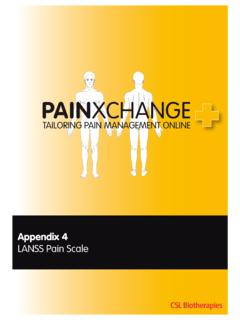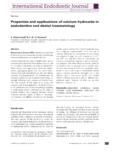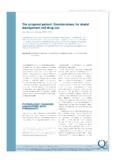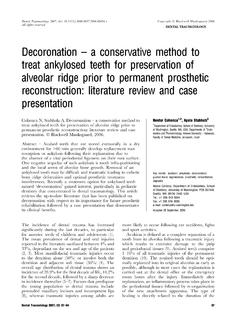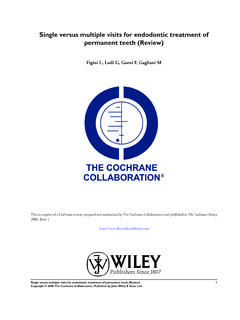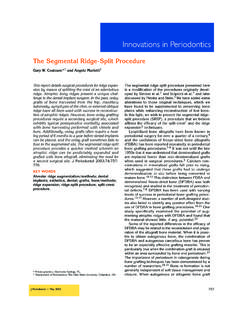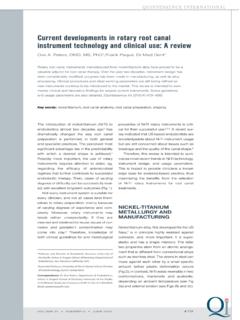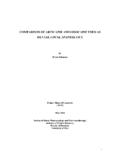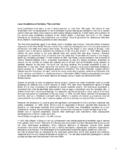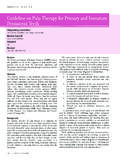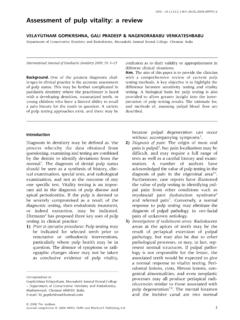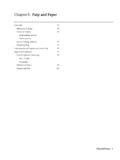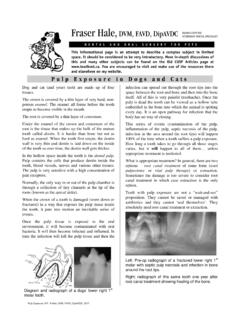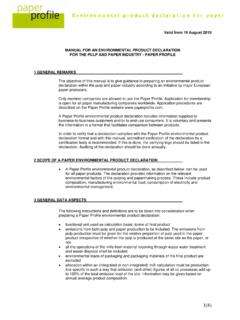Transcription of COLD AND ELECTRIC TEST - EndoExperience
1 cold AND ELECTRIC TEST VALIDITY? 1: J Endod. 1994 Oct;20(10):506 11. Adult pulpal diagnosis. I. Evaluation of the positive and negative responses to cold and electrical pulp tests . Peters DD, Baumgartner JC, Lorton L. Advanced Education Program in Endodontics, University of Texas Health Science Center at San Antonio 78284 7892, USA. This study investigated the positive and negative responses of 1488 teeth in 60 patients to two ELECTRIC pulp testers and a cold thermal pulp test. Three subgroups of known pulpless or pulpally diseased teeth (teeth receiving root canal therapy, teeth with root canal fillings, or teeth with confirmed associated apical radiolucencies) were identified and their responses evaluated separately.
2 Testing was performed on two tooth surfaces, the facio occlusal and faciocervical, and on all restorations. The gingival tissue of each patient also was tested using both electrical tests . The primary findings were: (a) teeth not responding to cold and either not responding or responding at readings greater than the tissue response to electrical had a high probability of being in the known pulpless or pulpally diseased subgroups; (b) the only false positive responses to cold in the three subgroups were in multirooted teeth with probable vital tissue remaining in at least one canal; and (c) in the three subgroups, if the false positive responses to electrical that responded at levels higher than the patient's tissue response were considered to be negative responses, the difference in false positives between cold and electrical became not statistically significant (p = ).
3 2: Endod Dent Traumatol. 1999 Jun;15(3):127 31. Evaluation of the ability of thermal and electrical tests to register pulp vitality. Petersson K, Soderstrom C, Kiani Anaraki M, Levy G. Department of Endodontics, Malmo University, Sweden. The aim of the present study was to evaluate the ability of thermal and electrical tests to register pulp vitality. Sensitivity, specificity, negative predictive value and positive predictive value were calculated by comparing the test results with a "gold standard". The thermal tests studied were a cold test (ethyl chloride) and a heat test (hot gutta percha). For the electrical test, the Analytic Technology Pulp Tester was used. The examined teeth were 59 teeth with unknown pulpal status in need of endodontic treatment and 16 intact teeth, all with radiographically normal periapical bone structures.
4 In total 46 teeth with vital pulps and 29 teeth with necrotic pulps were tested. This gave a disease prevalence of 39%. The gold standard was established by direct pulp inspection of the 59 teeth in need of endodontic treatment. In the 16 intact teeth the pulp was judged as vital. The number of true positive (TP), false positive (FP), true negative (TN) and false negative (FN) test results was calculated for each method as compared to the gold standard. Based on this, the sensitivity, specificity, positive predictive value and negative predictive value were calculated for each method. The sensitivity was for the cold test, for the heat test and for the electrical test. The specificity was for the cold test, for the heat test and for the electrical test.
5 The positive predictive value was for the cold test, for the heat test and for the electrical test, and the negative predictive value was for the cold test, for the heat test and for the electrical test. This indicated that the probability of a non sensitive reaction representing a necrotic pulp was 89% with the cold test, 48% with the heat test and 88% with the electrical test. It also indicated that the probability of a sensitive reaction representing a vital pulp was 90% with the cold test, 83% with the heat test and 84% with the electrical test.
